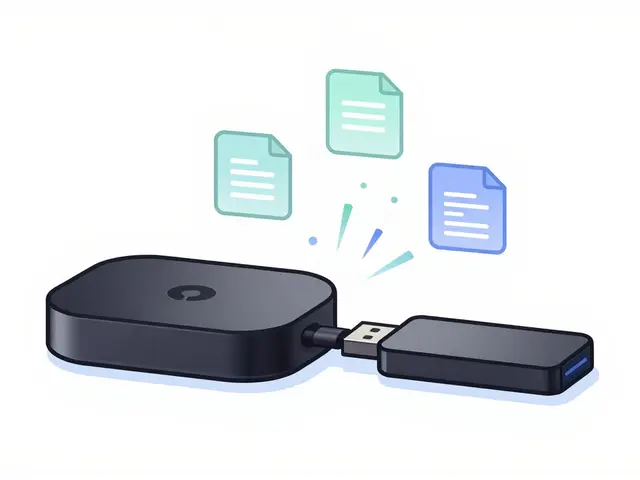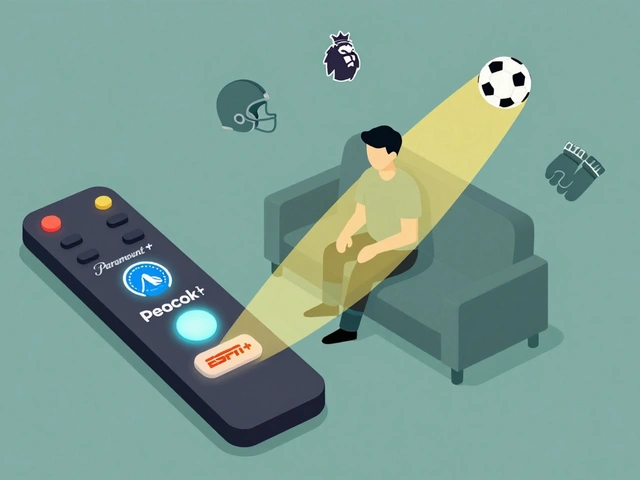Medication Chart Guide: Simple Steps to Track Your Meds
If you’ve ever missed a dose or taken the wrong amount, you know how frustrating it can be. A medication chart fixes that problem by giving you a visual look at what to take, when, and how much. It’s like a cheat sheet for your health – quick, clear, and easy to follow.
Why a Medication Chart Matters
First off, a chart cuts down on mix‑ups. When you have several prescriptions, it’s easy to confuse pills that look alike. Writing everything down lets your brain focus on the routine, not on remembering each name. Second, doctors love charts. They can see if you’re sticking to the plan and spot gaps before they become issues. Finally, a chart saves time. No more scrolling through apps or searching the medicine cabinet for the right bottle.
How to Build Your Own Chart
Start with a simple table: rows for each medication, columns for the days of the week, and a slot for the time of day. Fill in the drug name, dosage, and any special instructions (like “take with food”). You can use a notebook, a printable template, or a spreadsheet on your phone – whatever you’ll actually look at.
Next, add visual cues. A colored dot for morning, a star for evening, or a tiny picture of a water glass if you need to take it with water. These little markers make the chart glance‑friendly. If you’re into tech, apps like Google Keep or simple spreadsheet apps let you set reminders that line up with your chart.
Don’t forget to keep your chart somewhere visible. The bathroom mirror, the kitchen counter, or the inside of a pill organizer lid work well. When you see it while brushing your teeth or making coffee, it becomes part of your daily rhythm.
Updating the chart is key. Whenever a doctor changes a dose or adds a new drug, cross out the old entry and write the new one. Use a highlighter or a red pen for changes – this way you won’t miss a step.
If you share meds with a partner or caregiver, add a column for “taken?” and have them check it off. This creates a built‑in accountability system and reduces the chance of double‑dosing.
Finally, review the chart each week. Look for patterns – maybe you’re consistently missing a night dose. Adjust the timing or set an extra reminder to fix the habit. A quick weekly check keeps the chart accurate and your health on track.
In short, a medication chart isn’t just paperwork; it’s a practical tool that saves you headaches, keeps doctors happy, and helps you stay healthy. Grab a pen, set up your table, and watch how much smoother your medication routine becomes.
7
How to Understand and Use a Drug Interaction Chart Safely
Learn how to read and use a drug interaction chart for safe medication management. This guide shows you how to spot risky drug combinations and make safer choices.
Latest Posts
Popular Posts
-
 How to Expand Storage on Fire TV with USB Drives and Manage Apps Better
How to Expand Storage on Fire TV with USB Drives and Manage Apps Better
-
 Custom DNS for Streaming: Can Switching DNS Improve Video Start Times?
Custom DNS for Streaming: Can Switching DNS Improve Video Start Times?
-
 Taxes and Currency: How International Streaming Billing Works
Taxes and Currency: How International Streaming Billing Works
-
 Special Effects vs. Visual Effects: What’s the Difference in Movie Magic
Special Effects vs. Visual Effects: What’s the Difference in Movie Magic
-
 How to Find All Your Streaming Subscriptions and Stop Overpaying
How to Find All Your Streaming Subscriptions and Stop Overpaying



